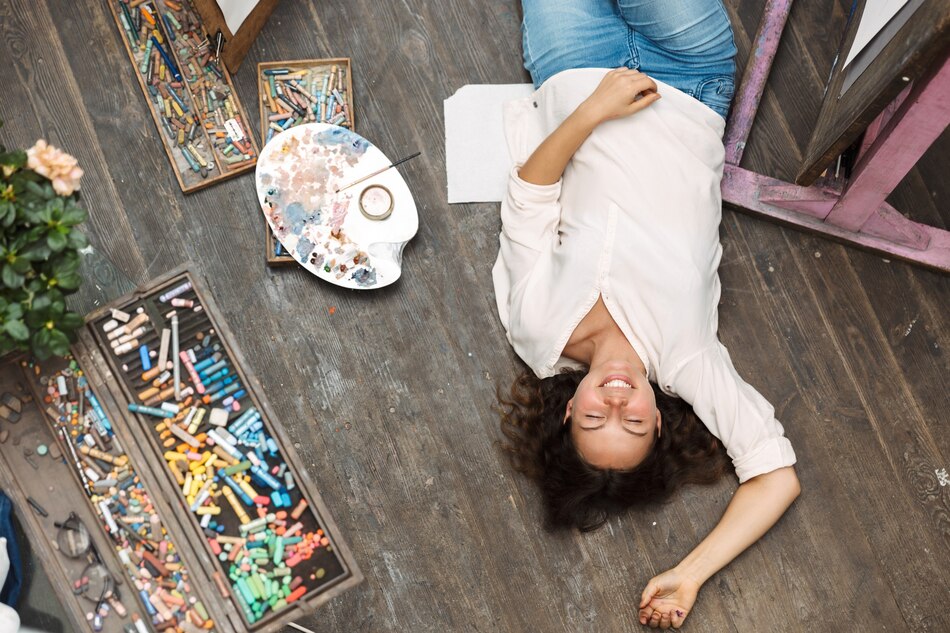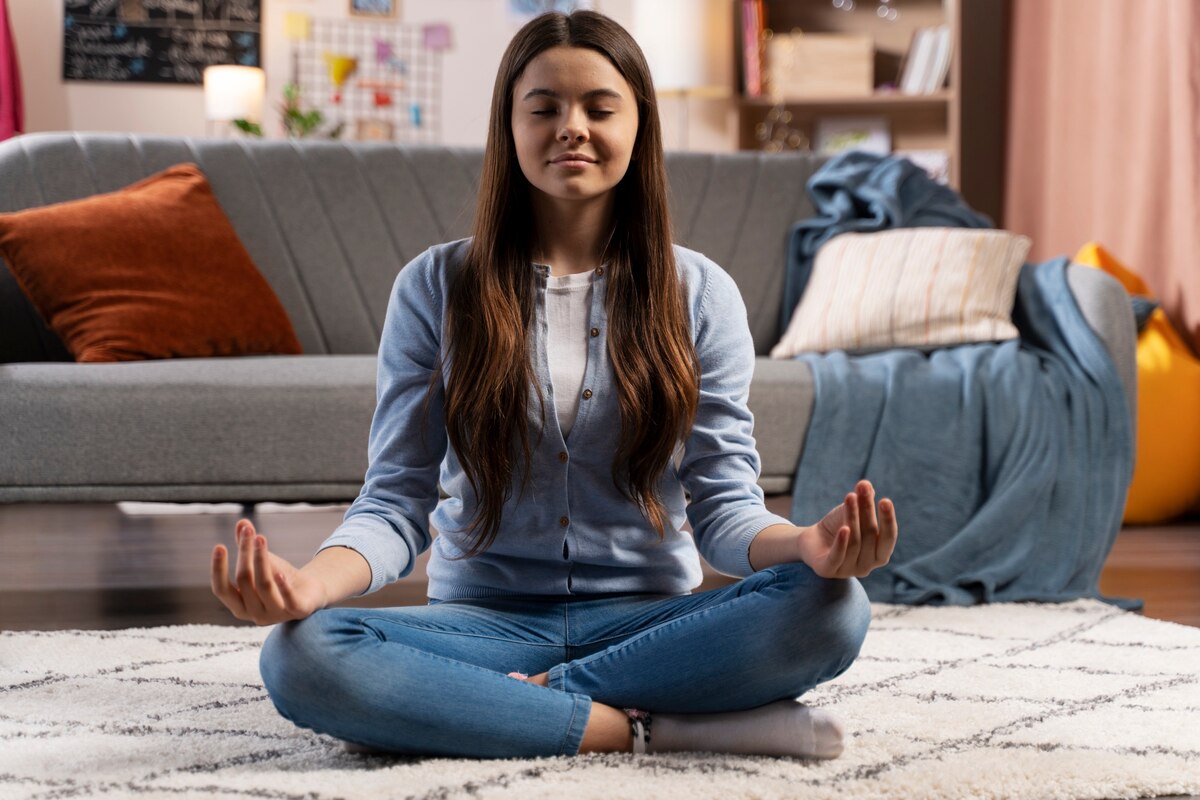Art therapy, which uses creative expression to improve mental health, has become a powerful therapeutic technique. Art allows people to process their emotions, ideas, and experiences in a secure and supportive atmosphere. This article explores art therapy’s tremendous effects on mental health, therapeutic methods, advantages, and applications.
Exploring The Therapeutic Mechanisms Of Art Therapy
Art therapy is based on the idea that creativity heals. Painting sketching sculpture and collages provide unique opportunities for self expression and contemplation. Art therapy uses art as a non verbal way to express complicated feelings and experiences that are hard to express.
Art may be therapeutic promoting mindfulness and present moment awareness. The creative process helps people connect with themselves and their inner experiences. Self discovery and self expression may enable people to understand their feelings address inner problems and develop and heal.
Art therapy uses symbolic language to help people understand their inner world. Art colors and symbols may help people ponder and explore their unique meanings. People may obtain new perspectives discover hidden insights and develop self awareness and resilience by expressing their feelings through art.
The Advantages Of Art Therapy For Mental Wellness
Art therapy has many psychological emotional and interpersonal advantages for mental health. One of art therapy main advantages is emotional control and stress reduction. Creative hobbies may help people relax manage anxiety and sadness and control their emotions.
Art therapy may boost self esteem and confidence by allowing self expression and mastery. Artists typically feel proud and accomplished when they produce and see their work which may increase their self esteem. Art therapy also promotes social connection and support especially in groups.
Collaboration on art projects or sharing artwork with others may help people build empathy compassion and a feeling of belonging in a supportive group. Art therapy may help with trauma and sadness. Art allows people to express their grief suffering and trauma safely. Art therapy is a safe way to tackle challenging emotions and experiences helping people recover from their sorrow.
Diverse Applications Of Art Therapy
Art therapy is adaptive and may be used with many people and contexts. Art therapy works for all ages, from youngsters to seniors. Hospitals, mental health clinics, and rehabilitation facilities employ art therapy to treat anxiety, depression, trauma, and drug misuse.
Schools, community organizations, and residential institutions use art therapy to enhance emotional well-being, resilience, and social-emotional learning. Art therapy helps improve self-awareness, emotional intelligence, and adolescent coping abilities in schools.
Art therapy may help chronically sick and suffering patients promote holistic well-being and self-care. Creative activities help people feel empowered, forget pain and disease, and discover pleasure, purpose, and self-expression despite their health issues.
Harnessing Creativity To Overcome Trauma And Adversity
Art therapy gives a safe and supportive environment for trauma survivors to process their experiences and gain resilience and empowerment. Trauma from childhood abuse military expertise natural catastrophes or other causes may leave a person feeling overwhelmed alienated and powerless.
Art therapy allows trauma survivors to express their sorrow and regain agency and empowerment. Art therapy capacity to overcome linguistic barriers makes it effective in trauma healing. Trauma typically impairs speech leaving victims feeling hushed or dismissed.
Art therapy allows trauma survivors to express themselves through symbols metaphors and imagery. By creating art people may detach themselves from trauma investigate its effects and understand their feelings and behaviors. Thus art therapy helps trauma survivors feel secure and in control.
People may choose how and what to create in the art therapy studio. This feeling of agency helps strengthen trauma sufferers, who may have felt weak and disempowered. Art may help people regain control over their story and recovery path, boosting self-confidence and resilience. Art therapy helps safely resolve painful memories.
It allows people to revisit and recast their traumatic experiences, turning fragmented and overpowering memories into unified narratives that can be comprehended and absorbed into their sense of self. Guided imagery, visual journaling, and mask-making may help people process their trauma in a safe and supportive environment.
Cultivating Mindfulness And Self-compassion Through Art-making
Art therapy emphasizes mindfulness or present-moment awareness. Paying attention to thoughts, emotions, and sensations without judgment helps people connect with themselves and their inner experiences. Art therapy encourages inquiry, openness, and self-compassion in the creative process, a unique mindfulness practice.
The sensory experience of art-making promotes awareness in art therapy. When producing art people become aware of the sensory aspects of the materials the texture of paint the weight of clay and the hues of pastels bringing them into the present moment.
This sensory engagement helps anchor mindfulness assisting people to ground themselves in the present and find serenity and presence in their thoughts and emotions. Art therapy promotes self compassion and non-judgment in creative expression. The art therapy studio offers inquiry and self expression not right or wrong methods to create art.
Artists may use art as self discovery and self care by letting go of expectations and perfectionism. They may experiment and make errors without judgment. Self compassion is therapeutic helping people accept themselves and their inner experiences.
Conclusion
Art therapy is a comprehensive and transformational approach to mental health that helps people of all ages heal find themselves and build resilience. Art therapy goes beyond psychotherapy to help children and adolescents heal trauma develop mindfulness and self compassion and build creativity and resilience. Art therapy potential to assist mental health and well-being is vast and exciting bringing hope and healing to many people on their path to wholeness and healing.










